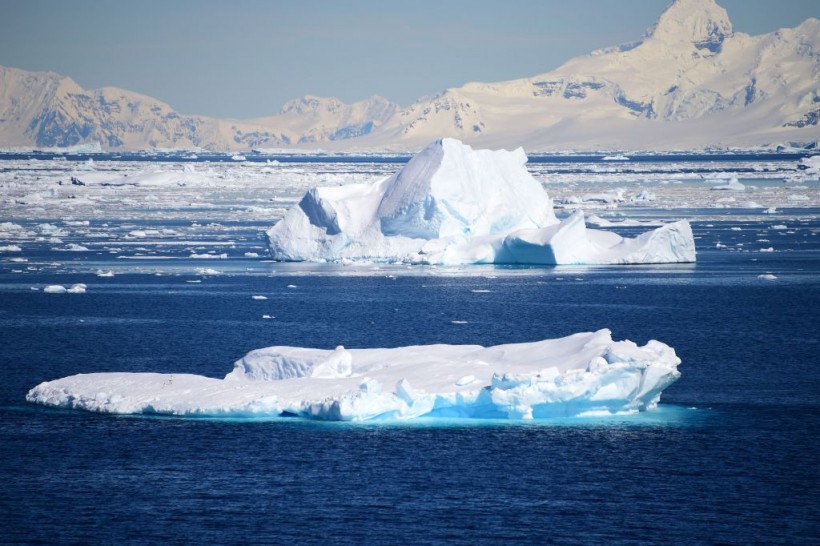
View of a glacier at Chiriguano Bay in South Shetland Islands, Antarctica on November 07, 2019.
The US National Snow and Ice Data Center (NSIDC) said on Monday, September 26, that the sea ice that covers the waters surrounding Antarctica reached record-low levels this winter. This undoubtedly adds to scientists' concerns about the intensifying effect of climate change near the southern pole.
Scientists are concerned about the impact this change might have on sea ice-dependent species like penguins, as well as on the global climate as a whole since fewer rays of sunlight will be reflected back into space by less white ice.
Lowest Winter Maximum Since 1979
According to the NSIDC, the maximum winter extent of Antarctic sea ice was 16.96 million square kilometers (6.55 million square miles) on September 10. This was the lowest winter maximum since satellite records started in 1979. There are now nearly a million fewer square kilometers of ice than there were in 1986, which was the previous winter record.
NSIDC senior scientist Walt Meier said, "It's not just a record-breaking year, it's an extreme record-breaking year." as stated in Reuter's report.
A thorough study will be provided by NSIDC next month, but for now, they are only saying that these numbers are preliminary.
In the Southern hemisphere, the sea ice often reaches its maximum extent around September, which is close to the end of winter. Then, it begins to recede, reaching its lowest point in February or March, when the summer is ending.
Notably, the amount of summertime sea ice in Antarctica fell to its lowest level on record in February, surpassing the previous record established in 2022.
Damage From Climate Change in the Arctic
Climate change has devastated the Arctic over the last decade, with sea ice quickly diminishing as the northern area heats four times faster than the world average.
Sea ice near the south pole is melting, but the effect of rising temperatures on the continent's glaciers is less clear. Between 2007 and 2016, the area covered by sea ice increased.
Changes in recent years toward record low conditions have scientists worried that climate change may be manifesting in Antarctic sea ice for the first time.
While Meier emphasized it is too soon to say, a study published this month in the journal Nature suggested climate change as a possible influence. Findings suggest that rising ocean temperatures, mostly due to manmade greenhouse gas emissions, contribute to the decline in sea ice extent seen since 2016.
"The key message here is that to protect these frozen parts of the world that are really important for a whole number of reasons. We really need to reduce our greenhouse gas emissions," said Ariaan Purich, a sea ice researcher at Australia's Monash University and co-author of the study.








